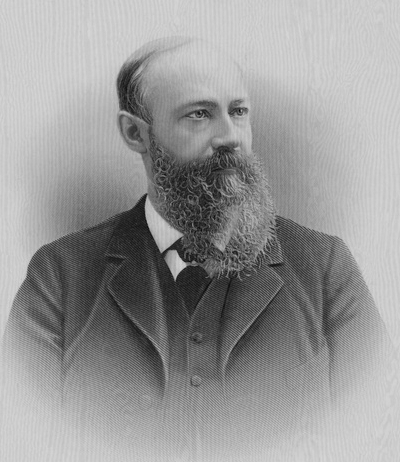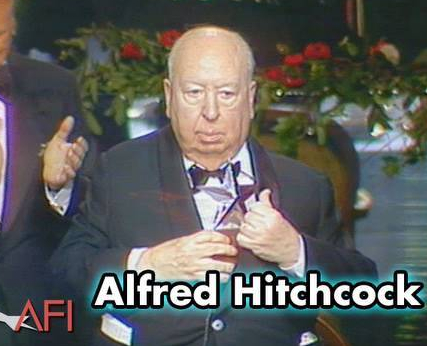I Dream Of Dali
 Wednesday, May 11, 2011 at 1:20PM
Wednesday, May 11, 2011 at 1:20PM 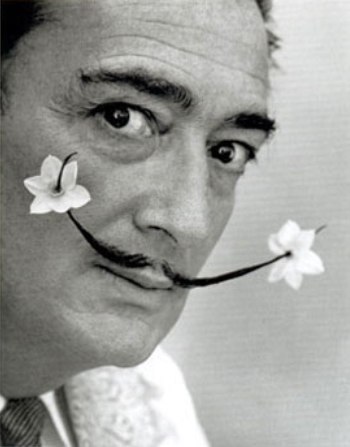
JA from MNPP here. Today would've been the 107th birthday of the flower man-child seen above, Salvador Dali. While he's best known as a painter - the melting clocks, the over-abundance of inappropriately-placed eyeballs - he of course made several well-known and loved contributions to the cinema too. And no, not just that movie with Robert Pattinson doing the gay stuff uncomfortably. Where would we be without Un Chien Andalou's edit from a razor at a woman's face to a cloud slicing through a moon?
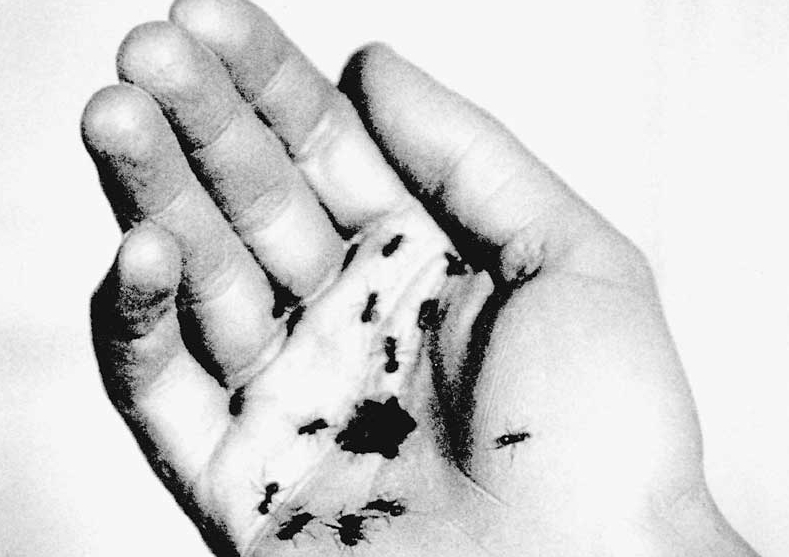
He and Luis Buñuel wrote that script in a cafe in 1929 while Buñuel directed; they would go on to work together on L’Âge d’Or the next year, where they supposedly had a falling out over some of the anti-clerical content in the film, which was an attack on religion and politics alike. And so a pattern was set - it seems every time Dali tried to jump into film-making, difficulties would follow. In 1945 he was brought on board the contentious set of Alfred Hitchcock's film Spellbound by producer David O. Selznick; Hitch and Selznick were not getting along. Hitch had nothing to do with its shooting at all, but Dali shot a twenty-minute dream sequence for the film. It eventually got edited down to under three minutes, and you can see it here.
It's easily the most interesting part of one of Hitch's least interesting films. Then in 1945 Dali and Walt Disney attempted to work together on an animated film called Destino, but budget concerns canned that effort before it even got off the ground. 17 seconds were made. That effort did have a somewhat happy ending though, because Roy Disney picked up the project 58 years later and finished it as best as they could using Dali's storyboards. It was released for the first time as an extra on the Fantasia BluRay just last year. You can watch it over here.
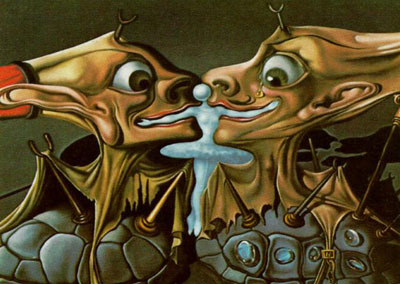
 Alfred Hitchcock,
Alfred Hitchcock,  Birthday,
Birthday,  Disney,
Disney,  May Flowers
May Flowers 


